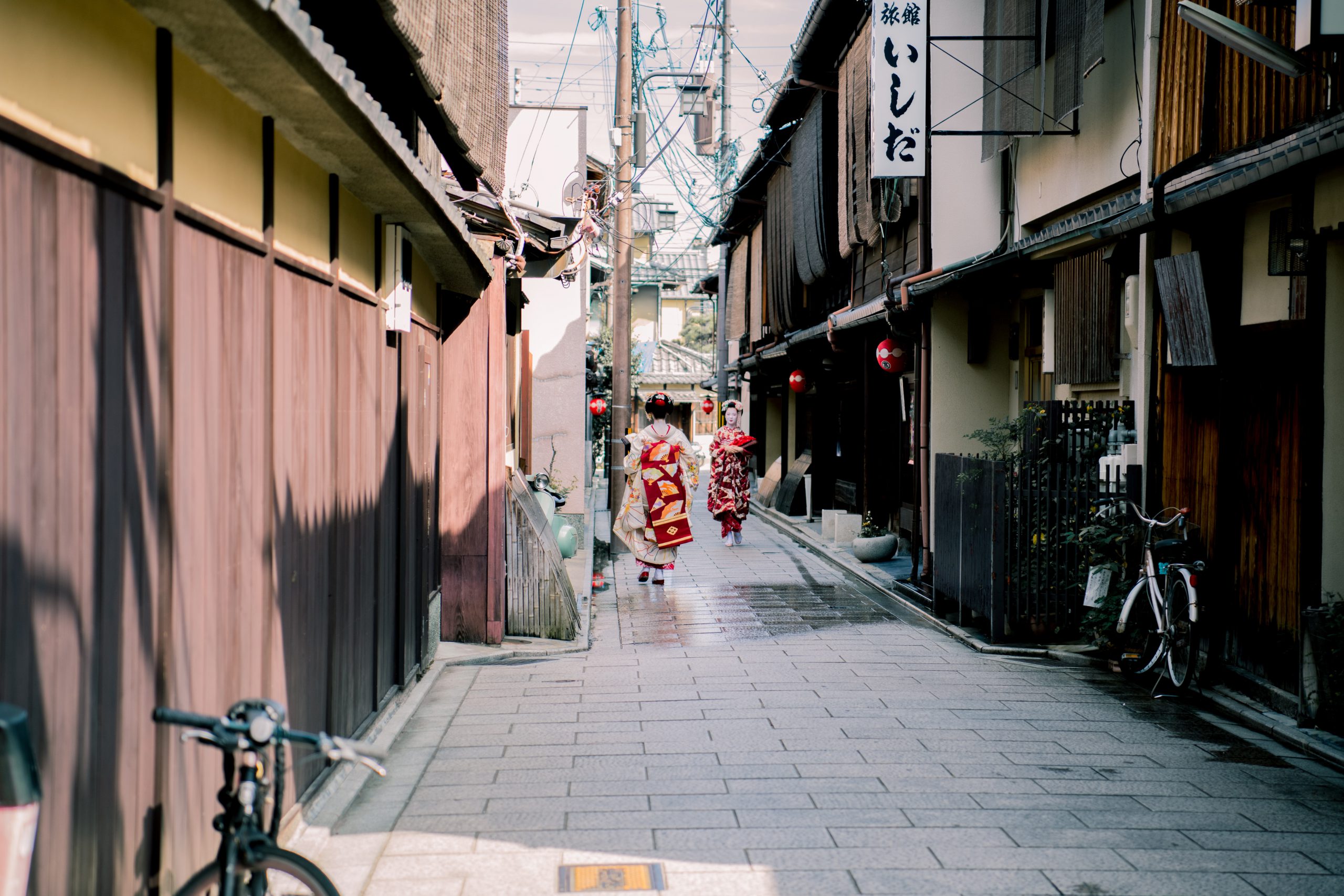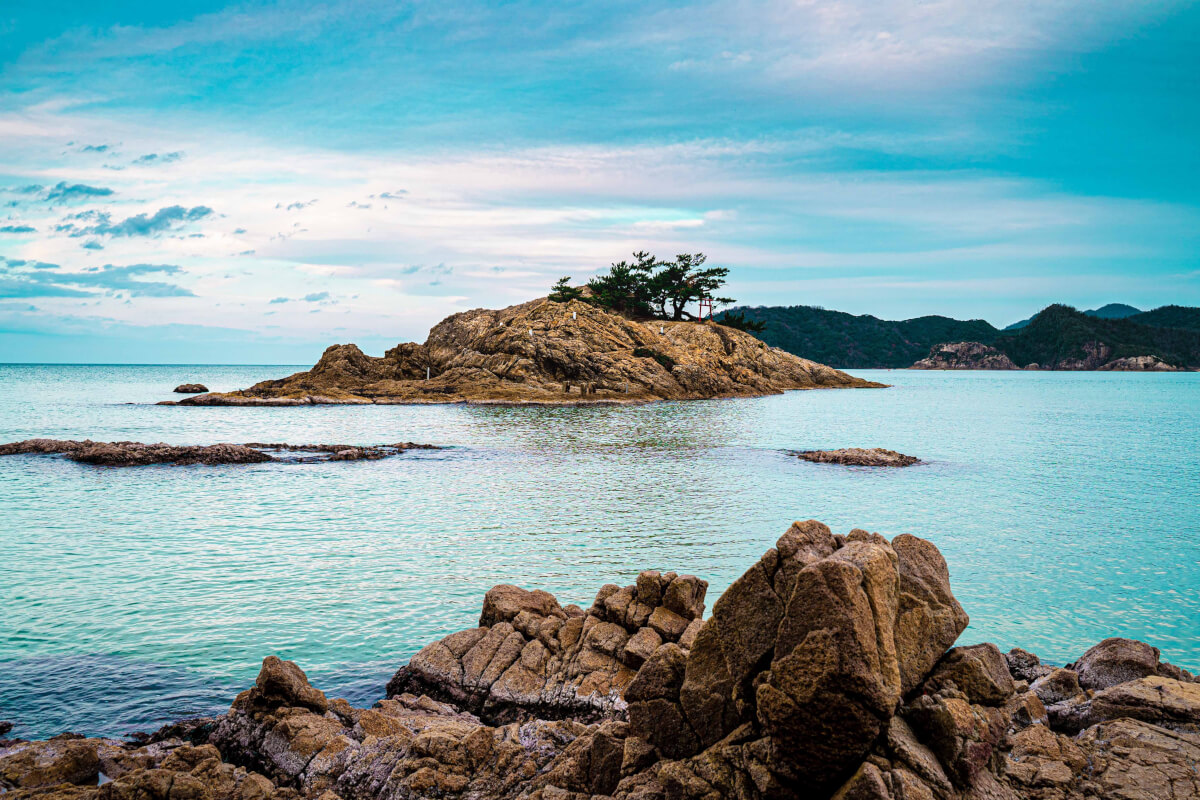You might have heard of “Edo” when you were reading about Japan to prepare your trip, or when you were reading about the country and its history. Often Edo is mentioned when talking about the history of Tokyo. However, it is difficult, even for Japanese, to elaborate on the word in detail. Edo refers to a certain period of time the country’s long history, plus it is also the former name of Tokyo, the capital of Japan. In this article, we will help you learn about the Edo period and find out enjoyable tourist spots offering “Edo experiences”!
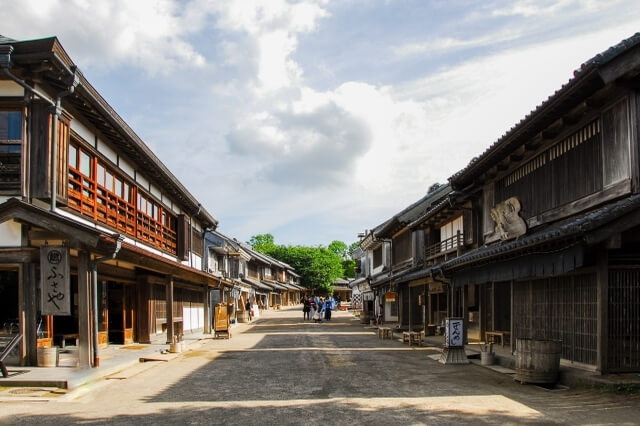
What is “Edo”?
In short, Edo is the old name for Tokyo, the capital city of Japan. There was Edo Castle around the current Tokyo Station, and the town prospered around this castle. It also refers to the Edo period, about 400 years ago. The Edo period, sometimes also referred to as the Tokugawa period, is the period between 1603 and 1868. Though, even today, you will find the name at some places such as restaurants or theme parks. There is even Edo-sushi, a particular style of sushi created in 1820’s! The Edo period was started by Tokugawa Ieyasu, the first shogun of the Tokugawa Shogunate established in 1603. The Meiji revolution in 1868, brought an end to Tokugawa rule and restored the power of the emperor. Let’s start with a brief overview of the history of the Edo period.
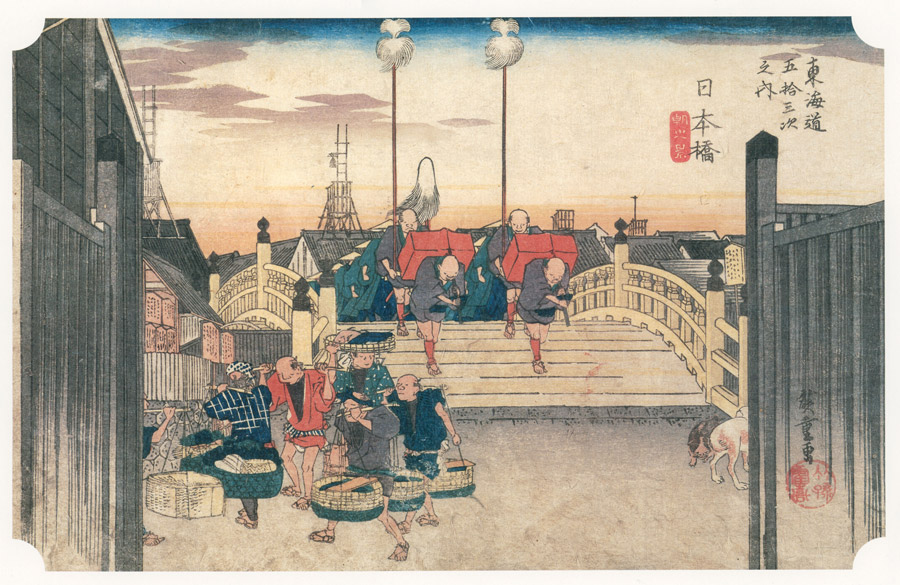
The Tokugawa Shogunate
The Tokugawa Shogunate was a military government that ruled over Japan for over 260 years from 1603 until 1868. After the battle of Sekigahara in 1600, against another powerful warrior Ishida Mitsunari and other Western forces, Ieyasu Tokugawa received ultimate power and wealth. In 1603 he was officially appointed as Shogun by the emperor, who had in fact no political power. This appointment meant the beginning of the Tokugawa Shogunate.
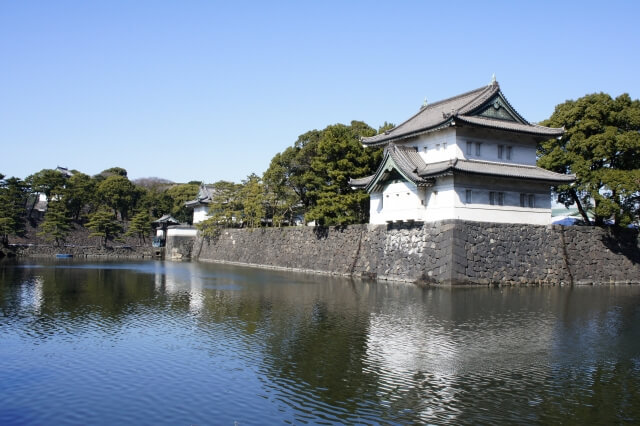
The Tokugawa Shogunate took up residence in the Edo castle, which was seen as the political center. The old site of the castle is now used as a public park and the Imperial Palace, which is one of the popular tourist attractions in Tokyo nowadays!
In 1605 Tokugawa Ieyasu retired as shogun and appointed his son Hidetada as his successor, though he was still very powerful behind the scenes. The Toyotomi clan, who had supported Ishida Mitsunari during the Sekigahara battle, were still seen as a threat, until 1615 when they were also defeated by the Tokugawa army. This win meant that the Tokugawa Shogunate had virtually no powerful enemies left.
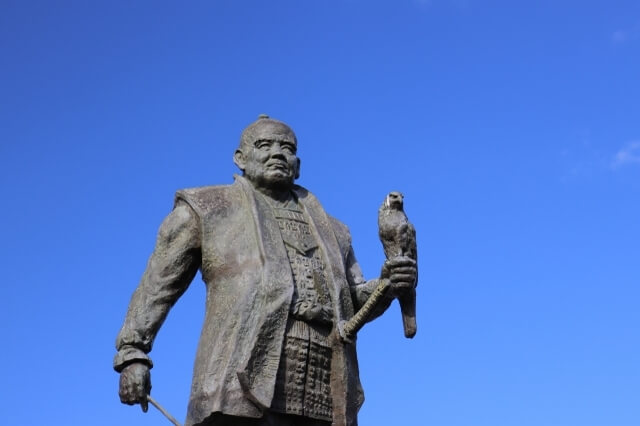
Political restrictions Edo Period
Tokugawa Shogunate governed the country with strict rules and restrictions. It is estimated that there were more than 200 feudal clans that were each dominated by feudal lords. The feudal lords were allocated with their own dominance, according to the strength of their relation with the Tokugawa Shogunate.
Sankin-kotai was one of the symbolic systems which represented the influence of the Tokugawa Shogunate. In this system, all feudal lords had to come and reside in Edo. They were forced to move all the way from their dominance to Edo, every other year, which cost them a lot of money and decreased their influence in the dominance. In addition, their family was not allowed to leave Edo, and were treated as hostages. This ensured that the feudal lords would always come back and wouldn’t revolt against the Shogunate. This, in combination with many other regulations, was all intended to weaken the threat to the central administration.

At first, the Tokugawa Shogunate encouraged foreign trade, though after learning this threatened their position, they closed off the country, this is known as the Sakoku policy. It meant Japan closed the borders, and restricted any international trade or economical activities with other countries. Traveling abroad was also not allowed, even Japanese who left the country weren’t able to return. Only The Netherlands, China and England for a short period of time, were allowed to conduct trade from Dejima, a small island in Nagasaki, a coastal city in Kyushu region. The Shogunate also banned missionary activities which could possibly lead to the spread of the Christianity throughout the country. All this enabled the Shogunate to become stronger and benefit from the trades exclusively.
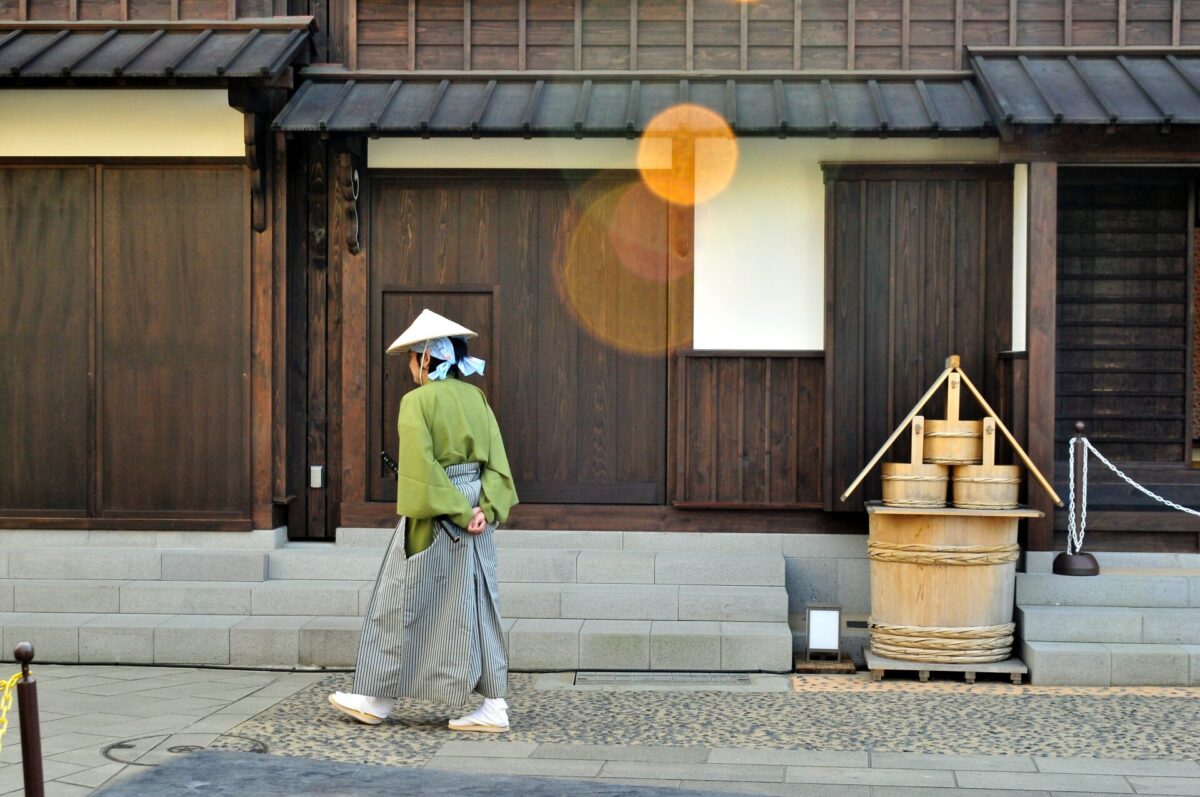
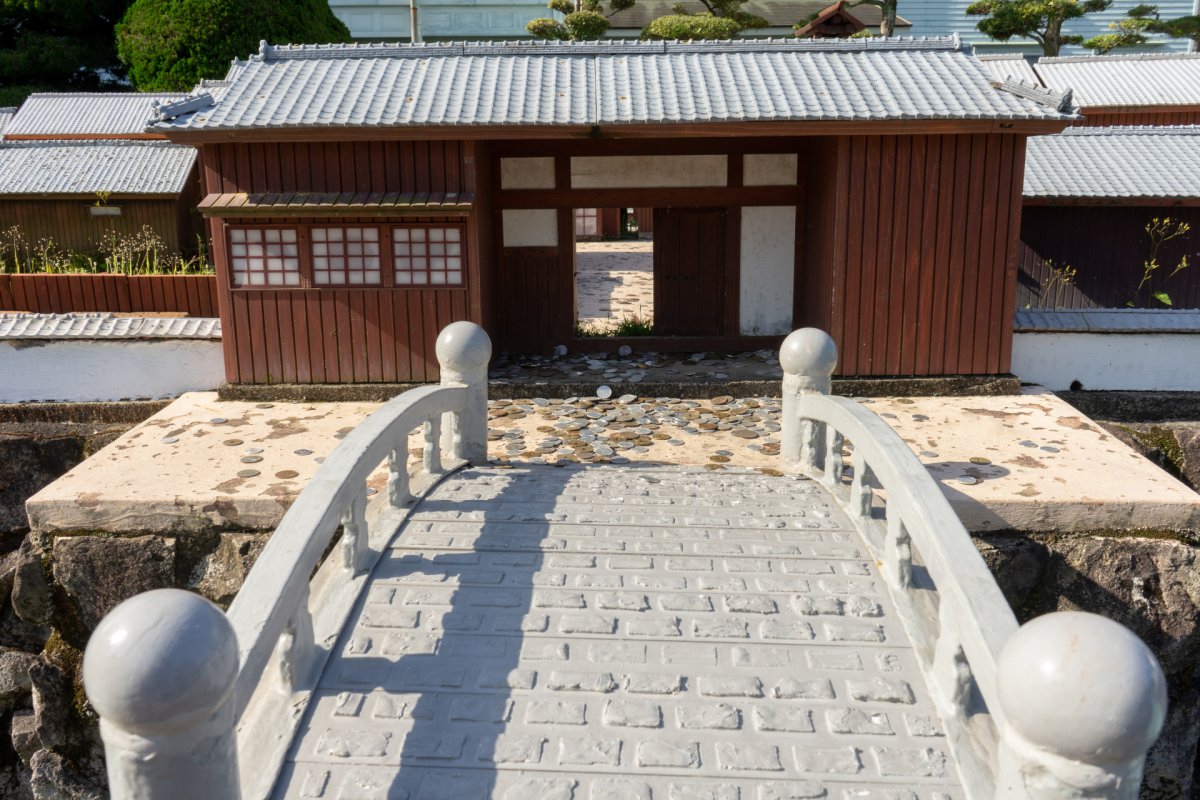
Edo culture
Under the strict restrictions and the closure, Japan developed an unique culture and traditions. The Tokugawa Shogunate brought peace and that brought prosperity to Japan and the Edo period is characterized by many cultural outings. The Genroku culture flourished in the late 17th to the early 18th century, with Kyoto and Osaka at its center. Both cities developed as a business and economical center with a great number of wealthy merchants. The culture strongly reflects the lifestyle of those successful citizens rather than conventional Samurai or aristocrats. Some art forms such as Kabuki and Haiku emerged and became very popular in a short time. Kabuki is a Japanese traditional theatre (Read; Complete Guide to Kabuki) and Haiku is a form of short poem which consists of 17 syllables. Matsuo Basho is a famous poet who is dedicated to the development of Haiku.

Another part of the Edo culture is called Kasei Culture, developed from the mid-18th century, and the center has moved to Edo. It resonated more with the ordinary people, and was widely accepted by citizens from the middle and lower classes. A variety of books and novels were published which mainly focused on the humorous aspects of the daily life. Traditional artworks such as Ukiyo-e also became popular with world-famous artists such as Utagawa Hiroshige and Katsushika Hokusai.
Edo culture contributed to develop many Japanese culture and tradition which still alive today.
For example, now a world famous Japanese food, sushi was appeared in Edo period for the first time. And the style of Sumo Wrestling you can watch in Japan today was established in Edo period, and amazingly has continued its way for over 150 years.
Meiji Restoration
In the 1850’s and 60’s, Japan signed international treaties with several countries who urged Japan to open the country and the main ports toward the world. The Tokugawa Shogunate started to lose its power and influence rapidly, and people became more suspicious about its stability and politics. The country’s financial situation worsened and the international pressure to open international trade increased. Accordingly, ambitious people from the Samurai class rose up to work together in order to defeat the Tokugawa Shogunate, and replace it with a new political institution. In 1867/68, Tokugawa Yoshinobu, the last Shogun of the Tokugawa Shogunate agreed to return its power to the Imperial court, and it put an end to the Shogunate. This is widely known and the Meiji restoration.
Related articles; What is Meiji Period? A Brief Introduction of A Unique Time in Japan History!
Where you can still experience Edo?
Even today, there are a number of tourist attractions that offer Edo experiences with unique features. Here are some recommendations where you can get an exciting Edo experience in Tokyo or the surroundings!
Little ‘Edo’ Kawagoe
If you are looking for the ultimate Edo experience, head to Kawagoe. The small town, also known as Ko-Edo (which means “Little Edo”), is often described as a place where you can relive history. The town has managed to maintain the charming ambiance dating back to the Edo-period. Kawagoe can be reached in just under an hour from Tokyo by train, making it a perfect day trip to escape the vibrant city of Tokyo.
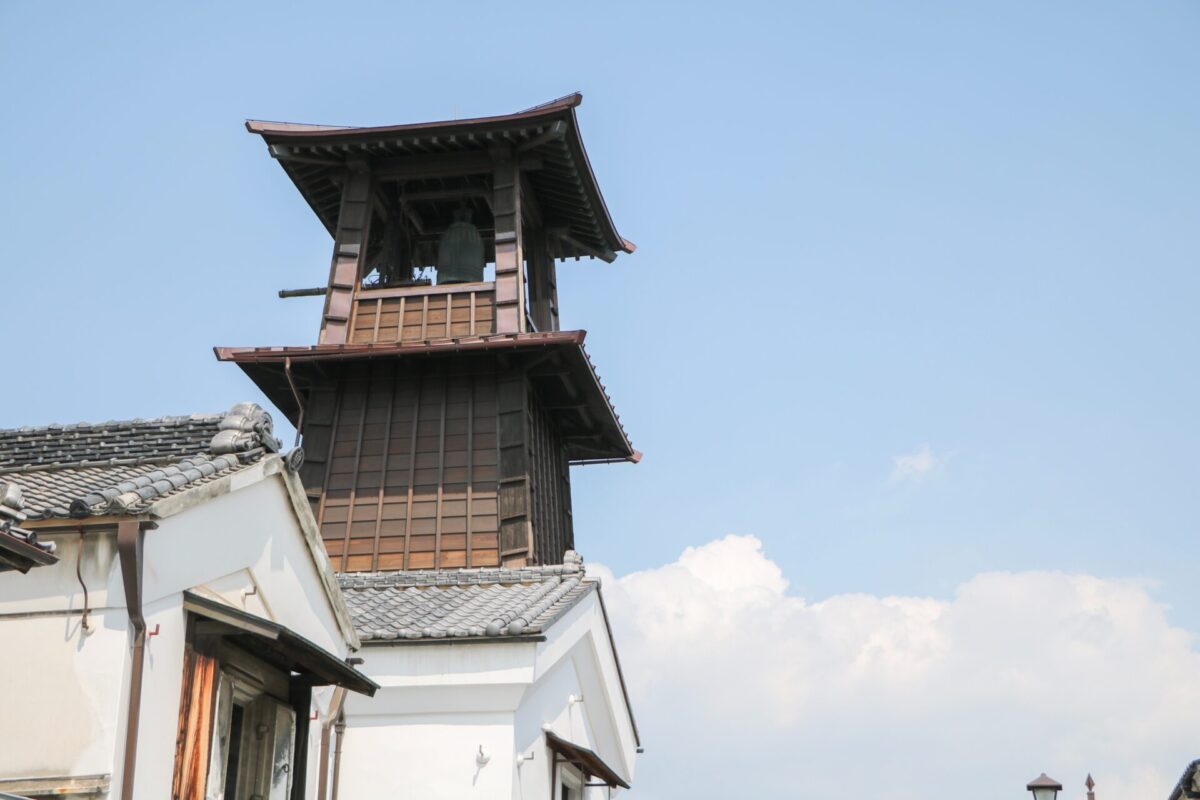
Originating from the Edo period, Kawagoe was a bustling commercial supply town. Due to its strategic position the city grew into a strong trade city, supplying Tokyo up until about 100 year ago. Nowadays one of the main attractions of the city is the Kitain Temple, home to the only remaining structures of Edo castle.
Edo-Tokyo Museum
Edo Tokyo Museum opened in 2005, and this is exactly where you can learn the transition of the history and culture from the Edo era to the current Tokyo. The museum consists of 7 floors and 1 basement, and each of them are filled with a large selection of exhibits which help you understand the ordinary life of people back in the old days during the Edo era. One of the highlights of the museum is a half-size model of a famous bridge called Nihon-bashi, which was once an iconic wooden bridge connecting the Edo area with the other regions around Japan. The actual bridge has been replaced with the concrete one, but visitors still can observe the reproduced details at the museum.
9.30am – 5.30pm (Mondays closed)
Admission fee ¥600 (adult), ¥300-¥480 (students / >65 yrs old)
*Edo Tokyo Museum is temporarily closed until 2025 for the renovation
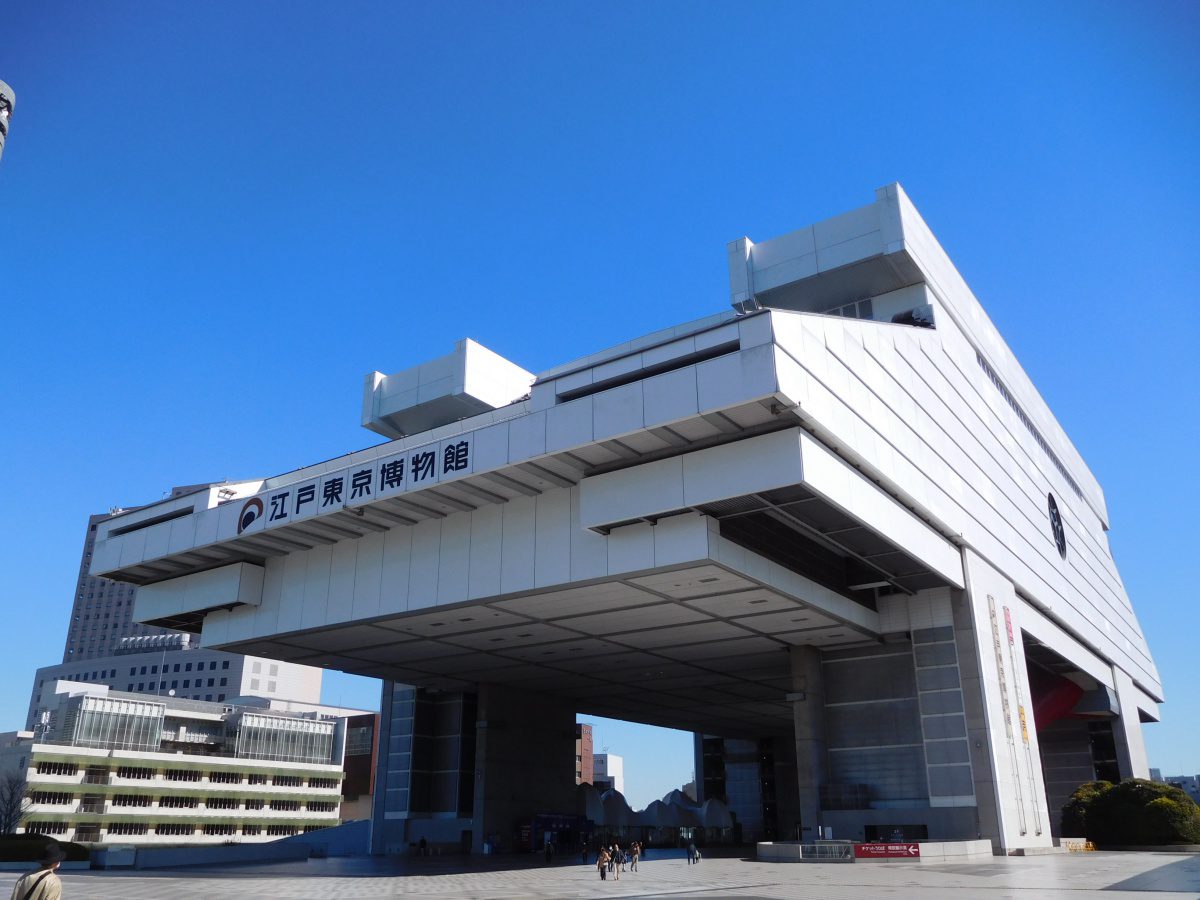
Edo Wonderland (Nikko)
Edo Wonderland is a unique theme park located in Nikko, Tochigi prefecture. It gives you a clear insight of what live must have been like in the Edo period with the reproduction of traditional structures and old houses dating back to the Edo period. Everything looks real and it feels as if you went back to the Edo period and explored the city over 200 years ago! You can also rent several types of Japanese traditional garments such as Kimono. Dressed like a Samurai, merchant, farmer or even a lord and walking around the exciting theme park full of memorable experiences! They also organize Ninja shows and Geisha performances with professional performers. Don’t forget to try traditional Japanese food at great restaurants as well!
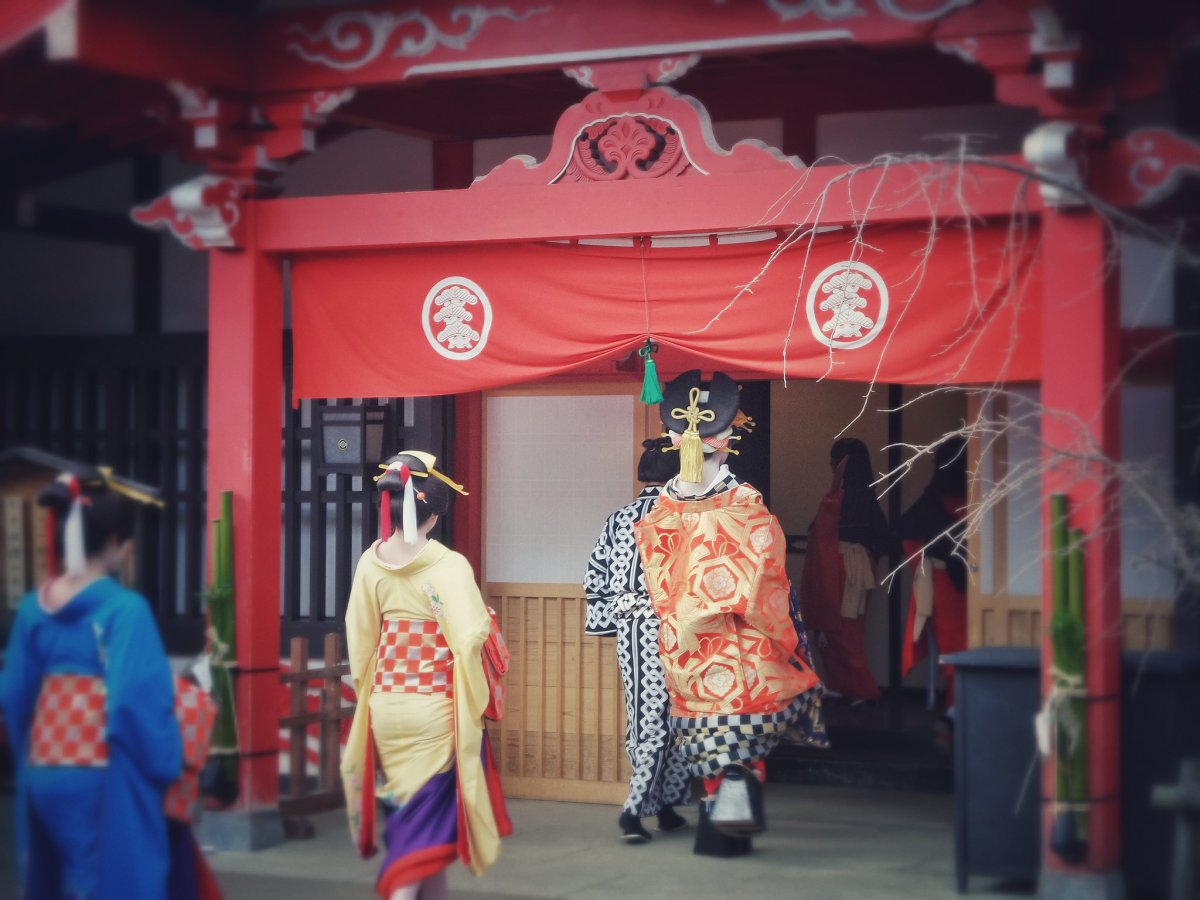
Edo Wonderland
9am – 5pm
Admission fee ¥4,800 (adults)
Get your discounted (20%) entry tickets here
Edo-Tokyo Open Air Architectural Museum (Koganei, Tokyo)
Edo-Tokyo Open Air Architectural Museum is a unique museum opened in 1993. They exhibit valuable traditional structures that were originally constructed in the Edo through Showa period. The museum was later relocated and reconstructed there in order to preserve the historical properties in a better condition. There are currently 30 buildings displayed and open to the public. It gives you a great opportunity to learn about the traditional architecture and compare the changes in design over centuries.
Edo-Tokyo Open Air Architectural Museum
9.30am – 5.30pm (Apr – Sept)
9.30am – 5.30pm (Oct – Mar)
Admission fee ¥400 (adults)
Recommend books to read
Tokyo Before Tokyo: Power and Magic in the Shogun’s City of Edo by Timon Screech
History of Japan by Richard Mason
Everyday Life in Traditional Japan by Charles James Dunn
Japan Wonder Travel Tours
Japan Wonder Travel is a travel agency that offers guided tours throughout Japan.
From private walking tours to delicious Food and Drink tours, we can help you organize the best tours just for you! If you want to explore Japan and learn more about the history and backstories of each area you are visiting, our knowledgeable and friendly English speaking guides will happily take you to the best spots!
In addition, we can provide you with any assistance you may need for your upcoming trip to Japan, so please feel free to contact us if yu have any questions or need some help!
▶Tokyo Tsukiji Fish Market Food and Drink Tour
Explore the most lively and popular fish market in Tokyo and try some of the local’s favorite street foods and sake with one of our friendly and knowledgeable English speaking guides!

▶Tokyo 1–Day Highlights Private Walking Tour (8 Hours)
There’s no better way to explore an area than taking a tour with a knowledgeable local guide. You will have the chance to learn about the history and interesting background stories of Tokyo, as well as discover some hidden gems which can be hard to do without a guide.

▶Mt. Fuji Day Trip Bus Tour from Tokyo
Experience the breathtaking views of Mt. Fuji by visiting the highlights of the area on our guided sightseeing bus tour! Departing from Shinjuku in central Tokyo, you can travel comfortably to all of the best spots in the area by bus.

The Edo period has played a significant role in Japanese history. It was a turning point for the Japanese culture and history, with old customs fading and new traditions and culture rising. With a better knowledge of this special period, you will be able to enjoy your trip to Japan more deeply!
If you need any help for your trip to these cities or anywhere else in Japan, Japan Wonder Travel will be more than happy to help you!
Follow us on Instagram, Facebook, Twitter, and TikTok for more travel inspiration. Or tag us to get featured!
Happy traveling!
Other articles you might like

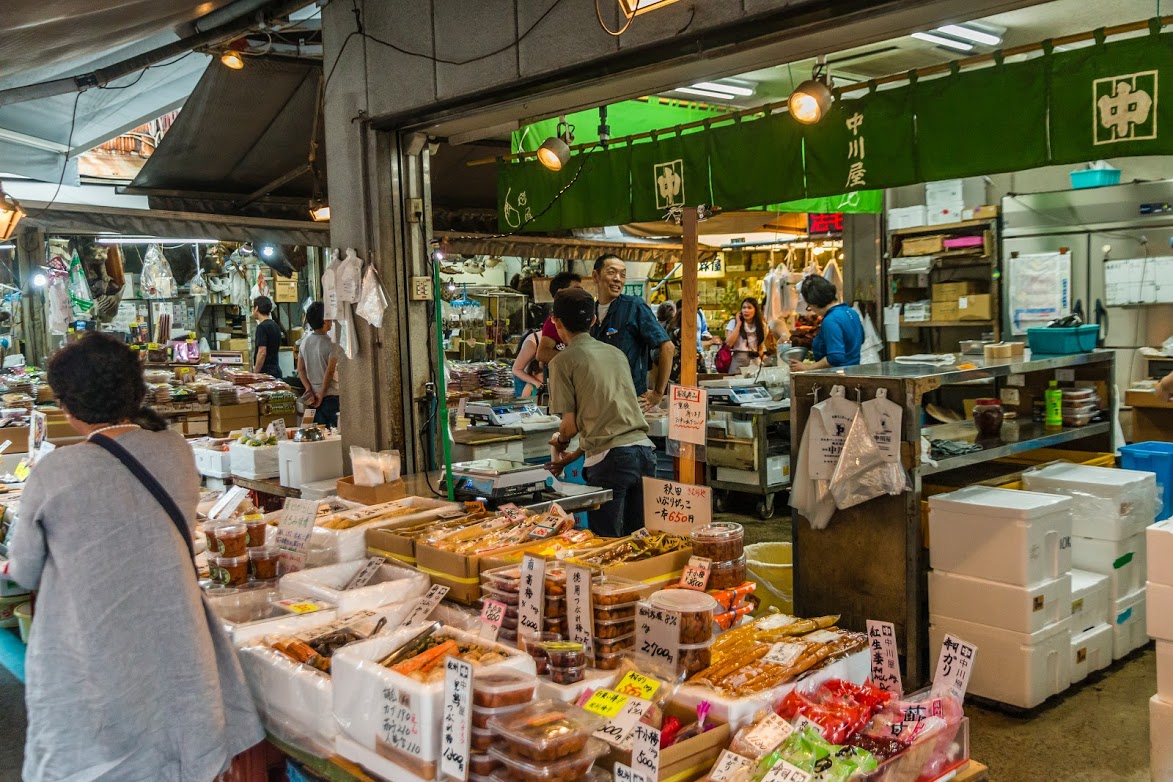
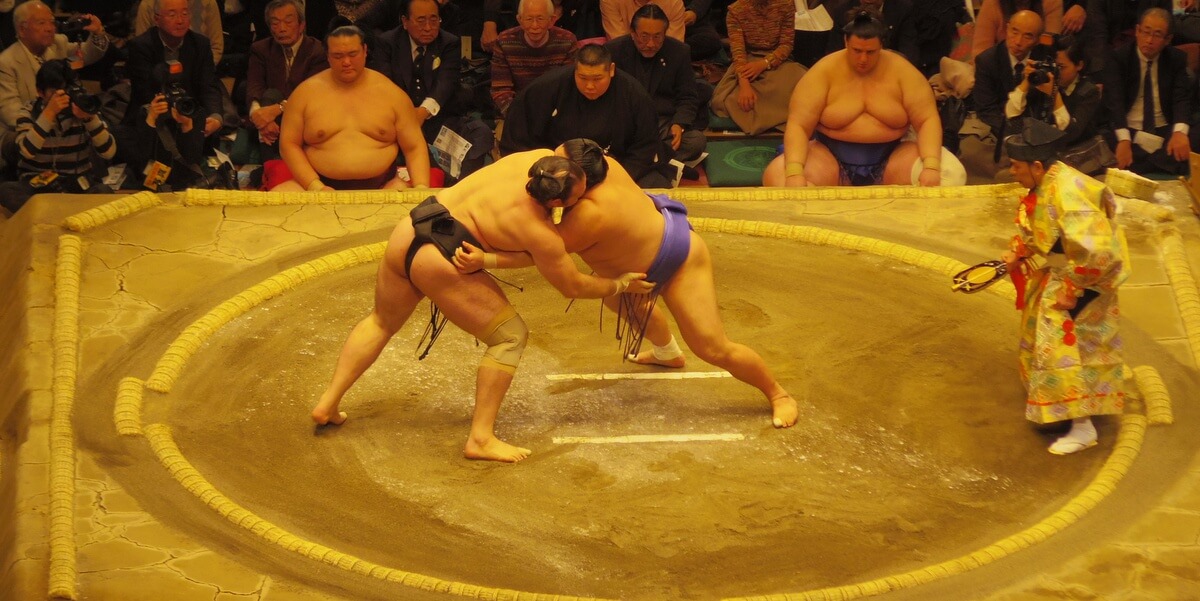
This post may contain some affiliate links. When you click through and make a purchase we may receive some commission, at no extra costs to you
